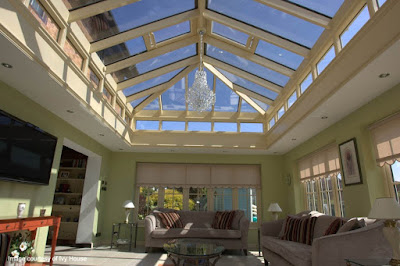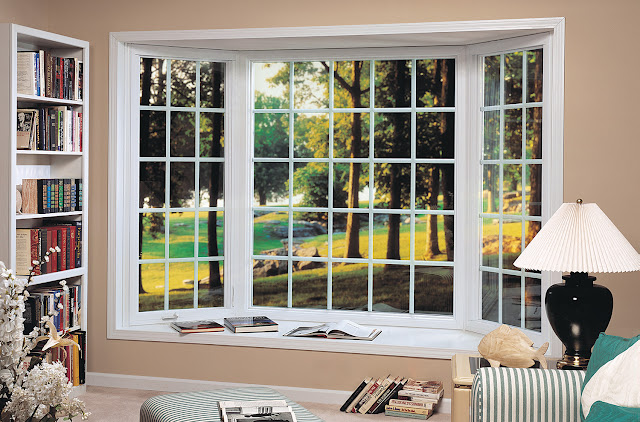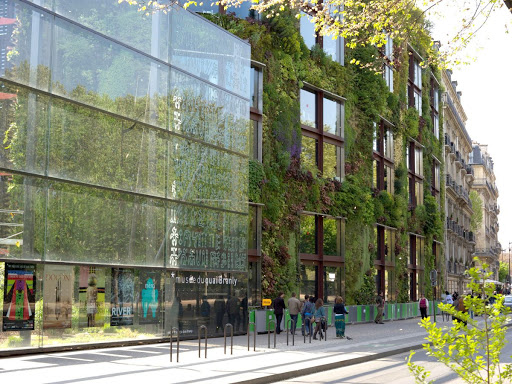WHY SHOULD SAFETY GLASS BE USED FOR DOMESTIC ROOFLIGHTS?
Most glass overhead
installed in products like roof lights and skylights is termed as 'safety
glass' and is known as toughened or tempered glass. Safety glass when damaged
enables a toughened glass to be designed and break into tiny fragments, rather
than larger fragments that are much more prone to damage, especially if the
glass is mounted overhead. Security toughened glass is 4-5 times as durable as
a regular annealed glass.
Safety Glass uses roof
lights which in turn uses toughened safety glass of at least 4 mm in most
domestic settings, though some manufacturers such as safety glass processors in
India prefer to use 6 mm since it has less displacement. That reduces the roof
light capacity for water ponding at safety glass construction sites.
Due to the production
process, the toughened safety glass may often be vulnerable to 'spontaneous
breakage' owing to impurities of Nickel Sulphide found in the glass.
Manufacturing companies such as safety glass processors in India can counter
this effectively by using a method called 'heat soak testing' that
significantly reduces the risk of accidental breakage. For obvious safety
reasons, this procedure is typically used to walk on specification glass at
safety glass construction sites.
Roof lights with a
panel size above 3m2 or 5mts to 13mts from floor level are vastly different and
enable laminated safety glass to be used. It is intended to keep the glass
intact physically to prevent it from falling, even though the safety glass
itself has been broken and it should either be laminated annealed or even
laminated toughened by safety glass processors in India.
HOW A TOUGHENED GLASS IS MADE?
Toughened glass is
created by going through a furnace with annealed glass, heating it to above 600
° C until it is quickly cooled. In the center of the glass, a combination of
high compression load on the surface and tensile stresses increase its
strength. When the safety glass cracks, the release of these stresses leads it
to break into tiny bits-usually followed by a big bang as the energy is
released. Toughened (tempered) glass is a preferred choice for roof lights but
disadvantages could emerge and safety glass processors in India have methods to
tackle it. Initially, safety glass needs to be cut to the size and shape specified
before it is handled and put into use at safety glass construction sites.
Additionally,
toughened glass is known to spontaneously break for no apparent reason, and the
Nickel Sulphide (NiS) component inside the safety glass is now the most likely
suspect.
NiS is a chemical
pathogen that can exhibit itself during the toughening process; it can cause
the glass to crack as it slowly changes conditions over time. This can occur at
any moment, from a couple of weeks to several years or not at all. So, safety
glass processors in India should examine the safety glass before they go to the
safety glass construction site. To expose the safety glass to Heat Soak Testing
is one of the most successful forms of overcoming this.
HEAT SOAK TESTING:
Throughout safety glass
manufacturing by safety glass processors in India heat soak testing is
conducted and will filter out about 95 percent of problem units. It includes
heating tempered glass up to 290 degrees Celsius and maintaining it for a
regulated period of time at that temperature. This cycle accelerates any
reverting NiS additions to their Beta state, which may lead to glass failure.
This method of
examination, though more costly, detects potential issues with toughened glass
before safety glass is used in production and at safety glass construction
sites. This is especially important when determining larger structural roof
lights including those used for walk-on applications where heat soak testing is
a Building Regulation requirement.
LAMINATED GLASS:
For certain rooflight
applications, the annealed laminated glass may also be specified to comply with
BS5516 Part 2 – panel sizes over 3m2, and from floor level approximately 5mts
and 13mts should be laminated. Safety glass processors in India need to provide
them in order to use the safety glass to its full efficiency at safety glass
construction sites.
Combining two or more
sheets of float glass with one or more interlayers creates laminated glass.
Safety glass credibility is maintained from a 'laminated' interlayer, commonly
called PolyVinylButyl (PVB), which is heated- and pressure-processed under
factory conditions.
If any damage occurs,
the interlayer binds together any fragments which prevent them from falling,
thereby reducing the risks.
COMBINATIONS:
Toughened Laminated or
HST Toughened Laminated also are specific glass requirements, especially when
the glass has to execute a structural role, either in a glass floor or
structural fins. Safety glass processors in India
need to play an active role in distinguishing the uses of safety glass and
their various combinations before applying them at the safety glass
construction sites.
Contact our technical
team at www.fosg.in for more information on toughened (safety)
glass requirements for roof illumination.




Comments
Post a Comment